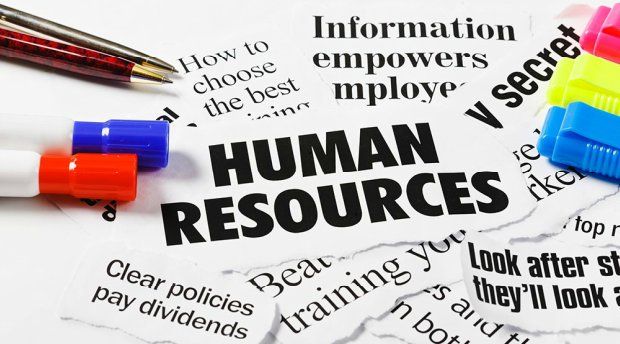Study Exposes Economic Losses from Excessive Drinking
Post Views 1Excessive consumption of alcohol is unmistakably responsible for health problems and vehicular collisions. But what is the cost for the economy? And how much of that affects the workplace?
The CDC (Centers for Disease Control and Prevention) recently released a report, “Economic Costs of Excessive Alcohol Consumption in the U.S., 2006,” which details the adverse effects of excessive drinking on the economy. The study defined “binge drinking” as four or more drinks per occasion for women and five or more for men, and further identified “heavy drinking” as more than one drink daily for women and greater than two drinks daily for men, as well as any alcoholic consumption for persons under the legal drinking age or pregnant women.
Of the total economic cost of alcoholic consumption, which was $223.5 billion, over 72 percent was the result of binge drinking. Employers and employees should take note: While healthcare made up 11 percent of the $223.5 billion cost and motor vehicle accidents was only part of the miscellaneous category totaling 7.5 percent, loss of productivity was a little more than 72 percent of the entire economic loss.
The loss of productivity includes economic costs resulting from alcohol-related death, impaired productivity while at work, at home, or institutionalized, absenteeism, crime (missing work as a victim of a crime or due to incarceration as the perpetrator of a crime), and fetal alcohol syndrome, problems which develop with a fetus due to excessive alcoholic consumption during pregnancy. The most significant cost of the reasons for lost productivity was impairment at work, with alcohol-related death a close second.
As the study acknowledges, any death, deficiency, or illness resulting from excessive drinking, as well as incarceration, does not simply affect the individual. It’s also the cause of lost work days or the inability for an employee to perform daily tasks at his/her workplace, unfavorably affecting a particular company and, by extension, upsetting the economy.
The healthcare costs included specialty care for alcohol abuse or dependence, which was the greatest cost, as well as economic losses from hospitalization, fetal alcohol syndrome, health insurance administration, drugs and services, research and prevention, ambulatory care, nursing homes, and the training of substance abuse and mental health professionals. The miscellaneous, or “other,” category, in addition to alcohol-related vehicular collisions, consisted of costs for the criminal justice system (police protection, legal costs, correctional institutions, etc.), fire damage, property damage for crime victims, and special education for fetal alcohol syndrome.
According to the study, the two groups who suffered the most from the economic losses were governments, at federal, state and local levels, and the individual drinkers and their families, each group exceeding 40 percent of the costs. The third consisted of employers, as well as health insurers, victims of crime, and others.
Employers experienced a loss of productivity more than economic. But, as the study estimates an “economic impact” of $746 per person with relation to excessive drinking, employers and workers alike bore the economic losses.
(Photo courtesy of ahmet guler.)
Study Exposes Economic Losses from Excessive Drinking by karmstrong



 Top Trends in Human Resources
Top Trends in Human Resources  10 Ways to Express Your Company Culture
10 Ways to Express Your Company Culture